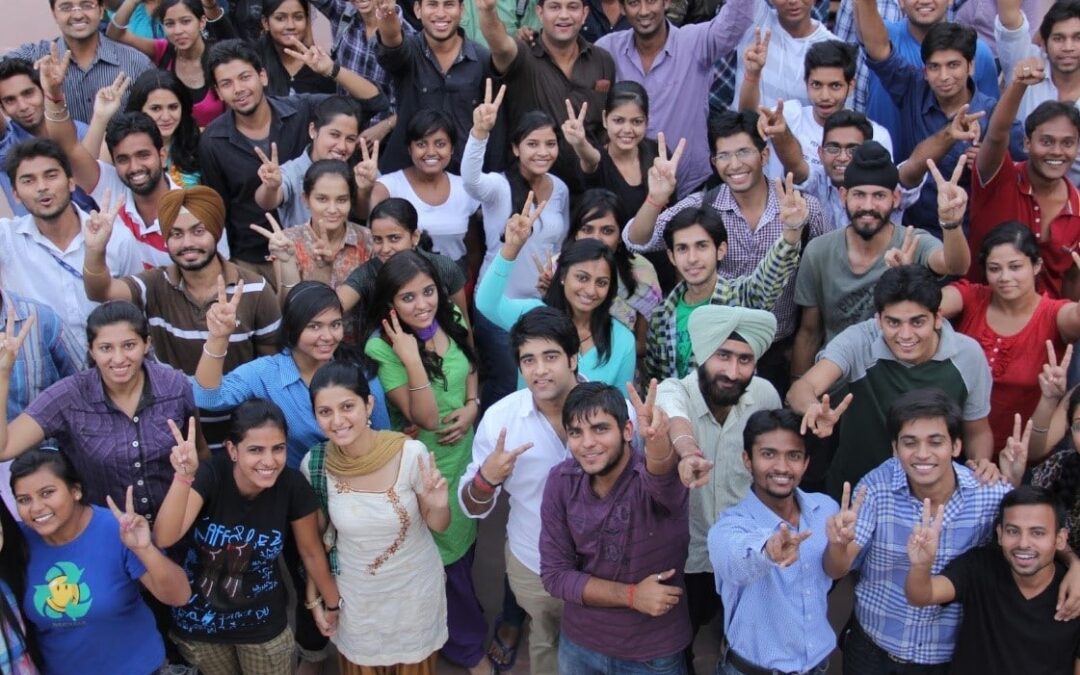With $131 billion of total premium in 2022, currently, India is the 10th largest market in the world where US, China and UK are the top three largest markets
India’s life insurance premium market, with a premium of $100 billion, that has grown by 8.2 per cent in 2022 , has been the main driver emerging Asia (excluding China) that has emerged as the fastest growing region,(with premiums growing by 3.7% in real terms) in the world last year, said Swiss Re ‘s latest Sigma report “World insurance: stirred, and not shaken.’
Zurich:
India has emerged as one of the fastest growing insurance markets in the world in 2022, and Swiss Re, the second largest global reinsurer, has forecast that it will be the sixth largest by 2032 ahead of Germany, Canada and South Korea.
With $131 billion of total premium in 2022, currently, India is the 10th largest market in the world, where US, China and UK are the top three in the global chart.
India’s life insurance premium market, with a premium of $100 billion, that has grown by 8.2 per cent in 2022 , has been the main driver of emerging Asia (excluding China) that has emerged as the fastest growing region,(with premiums growing by 3.7% in real terms) in the world last year, said Swiss Re ‘s latest Sigma report “World insurance: stirred, and not shaken,’ released on Monday.
Led by India, Swiss Re Institute expects 6.9% life premium real growth in other emerging Asian markets (excluding China) in 2023 and 2024, above the long-term trend of 4.5%.
Canada, India and most notably Brazil increased their shares of global premiums last year, said the report.
“Our outlook is based on expectations of strong economic growth, rising levels of disposable income, India’s young population, increased risk awareness and also digital penetration, and regulatory developments, explained the report.
The life market in India is more developed than non-life. The penetration of life insurance was 3.0% in 2022, almost twice the emerging market and slightly above the global average.
However, as per Swiss Re Institute estimates, the mortality resilience index in India was still low in 2021, with a household asset and insurance coverage shortfall of around 91%.
Another issue in India’s market is inequality of coverage. A great proportion of the country’s burgeoning population works in the informal sector and many cannot afford private insurance.
India’s so-called “missing middle” number around 400 million or 30% of the population. Household income levels are characterised as being “too poor to be rich, and too rich to be poor”.
The missing middle are not poor enough to be eligible for the state health insurance scheme, but also cannot afford private cover. Out of pocket expenses on health can be high and force families into poverty.
Another Swiss Re Institute study found that lack of affordability is a main reason for lack on inclusivity of India’s Life and Health insurance market. This can be a common theme among emerging markets.
The same study found that in Brazil and most prominently South Africa, lack of affordability is a main driver of lack of insurance market inclusivity.

